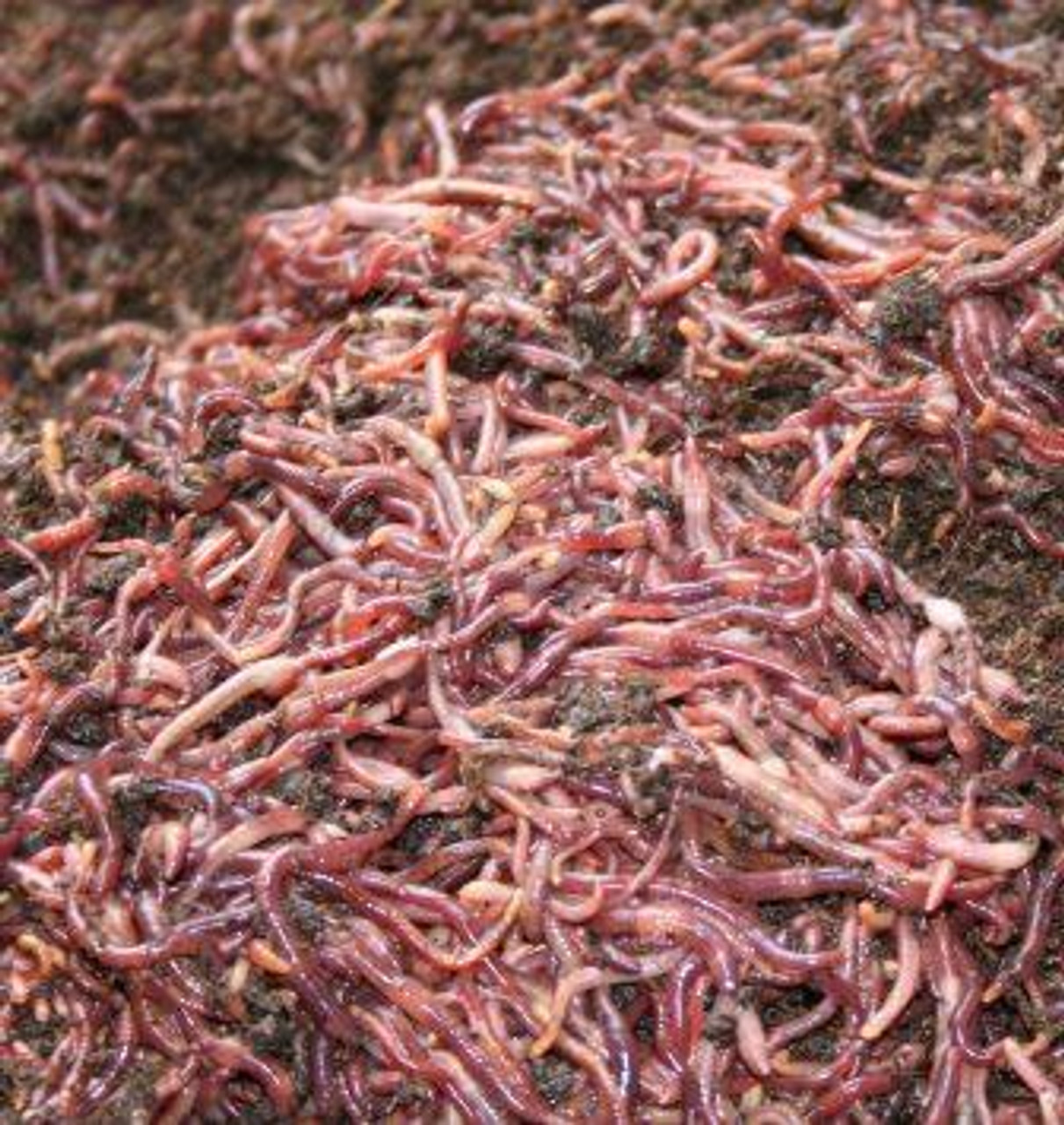The Ultimate Red Wiggler Composting Checklist for Successful Vermiculture
The Ultimate Red Wiggler Composting Checklist for Successful Vermiculture
Blog Article
Comprehending the Perks of Red Wiggler Composting: Just How This Efficient Approach Changes Organic Waste Into Nutrient-Rich Dirt Amendments
Red Wiggler composting, utilizing the varieties Eisenia fetida, offers a compelling technique to organic waste monitoring, converting kitchen area scraps and yard debris into useful dirt amendments. This method not only improves soil fertility yet also addresses pressing ecological worries, including landfill waste reduction and greenhouse gas exhausts.
What Are Red Wigglers?
Red wigglers, medically referred to as Eisenia fetida, are a types of earthworm that play an essential function in vermicomposting systems. These worms are characterized by their reddish-brown color, fractional bodies, and a distinctive capacity to thrive in organic-rich settings, making them excellent for composting applications - Red Wiggler Composting. Unlike their garden-dwelling counterparts, red wigglers prefer to populate the top layers of dirt, where decomposing issue is abundant
Usually determining in between 3 to 4 inches in length, red wigglers have a high reproductive price, enabling them to multiply rapidly under optimal problems. They possess a special gastrointestinal system that enables them to refine natural waste successfully, converting it right into nutrient-rich castings, which are extremely helpful for plant growth.
Their resistance to varying wetness levels and temperature level varies even more boosts their utility in vermicomposting configurations, making them a preferred choice amongst composting fanatics. Furthermore, red wigglers are cardiovascular microorganisms, which necessitates a well-aerated composting environment, ensuring efficient decay. Understanding the biological attributes and actions of red wigglers is vital for optimizing their use in lasting waste monitoring practices.

Advantages of Vermicomposting
Harnessing the power of vermicomposting deals a wide variety of ecological and agricultural advantages. It substantially decreases natural waste in landfills, therefore reducing methane emissions, a powerful greenhouse gas. By drawing away food scraps and yard waste to vermicomposting, we sustain an even more lasting waste monitoring system.
Additionally, vermicomposting enhances soil wellness. The castings generated by red wigglers are abundant in essential nutrients, microbes, and enzymes, boosting dirt structure and fertility. This nutrient-rich change advertises robust plant growth and enhances water retention, lowering the demand for chemical fertilizers.
Additionally, vermicomposting fosters biodiversity in the soil ecosystem. The introduction of valuable microorganisms from worm castings aids in disease reductions and nutrient cycling, producing a healthier atmosphere for plants.
Economically, vermicomposting reduces the expenses related to chemical inputs and waste disposal. Gardeners and farmers can cultivate top notch produce at lower expenses, contributing to food safety and security and sustainability.
How to Begin Composting
Beginning a composting endeavor can be a rewarding and simple procedure. This will assist maintain a balanced temperature, essential for the composting procedure.
Collect natural products such as kitchen area scraps, lawn waste, and shredded paper. Go for a well balanced mix of 'green' materials, high in nitrogen (e.g., fruit scraps, coffee premises), and 'brown' materials, rich in carbon (e.g., dried fallen leaves, cardboard) A proportion of about 2:1 green to brownish materials is ideal.
Beginning layering your products, ensuring adequate air circulation by turning the heap frequently. This promotes cardiovascular decomposition, speeding and lowering odors up the process. Screen moisture levels; the garden compost ought to really feel like a damp sponge however not extremely damp.
Nutrient Account of Vermicompost
Composting, especially with red wigglers, generates a nutrient-rich product recognized as vermicompost. In addition, it gives micronutrients like calcium, iron, and magnesium, fostering durable plant development and enhancing soil wellness.
The microbial activity existing in vermicompost further enhances its account, presenting useful bacteria and fungi that advertise vitamins and mineral schedule and uptake in plants. This biological component help in suppressing plant illness and enhancing soil structure, leading to boosted water retention and oygenation.

Ecological Impact of Composting
The environmental influence of composting, especially with the usage of red wigglers, is complex and extensive. This method substantially minimizes the quantity of organic waste sent out to garbage dumps, which subsequently reduces greenhouse gas discharges, particularly methane-- a potent contributor to climate adjustment. By drawing away organic products from garbage dumps, red wiggler composting not just assists mitigate environmental degradation but additionally advertises lasting waste administration practices.

Moreover, composting adds to carbon sequestration, as the procedure records co2 from the atmosphere and stores it in the soil. This natural procedure help in combating environment modification while enriching the soil - Red Wiggler Composting. Overall, red wiggler composting presents a practical, eco-friendly option for waste management and environmental sustainability, advertising much healthier environments and a much more lasting future
Conclusion
In verdict, Red Wiggler composting serves as a reliable method for converting natural waste right into valuable soil changes. The procedure not just boosts soil fertility and framework yet additionally alleviates ecological issues linked with waste disposal.
Red Wiggler composting, employing the varieties Eisenia fetida, presents a compelling strategy to natural waste administration, transforming cooking area scraps and yard debris right into important soil modifications. Unlike their garden-dwelling counterparts, red wigglers like to occupy the top layers of dirt, where decomposing matter is plentiful.
The castings produced by red wigglers are rich in necessary nutrients, microbes, and enzymes, enhancing soil framework and fertility. The nutrient-rich byproducts of red wiggler activity boost check here soil structure, boost water retention, and advertise biodiversity within the soil ecological community.In conclusion, Red Wiggler composting offers as a reliable approach for transforming organic waste right into valuable soil amendments.
Report this page